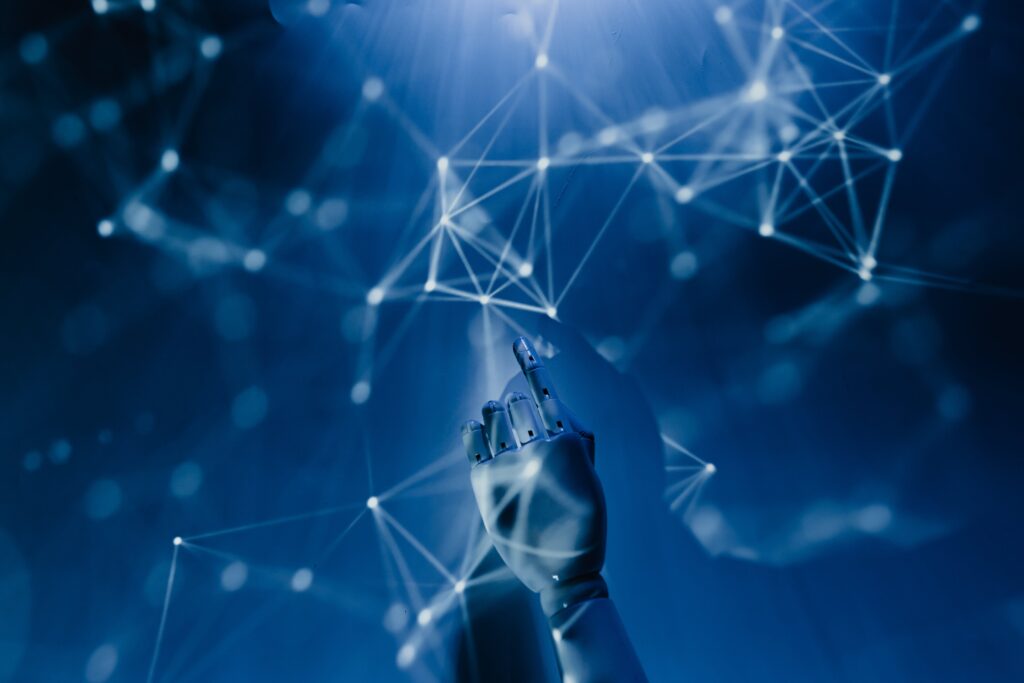Health News & Trends
AI Has Potential for Early Autism Detection in Children
In an amazing development, researchers and scientists have disclosed a state-of-the-art Artificial Intelligence (AI) system that has enormous promise for precisely identifying early indications of autism in youngsters.
For those on the autism spectrum, this ground-breaking discovery opens the door to better outcomes and a higher quality of life through the possibility of early identification and intervention.
The AI-driven technology was created by a group of specialists from prominent universities and research facilities. It analyzes enormous volumes of data gathered from various sources, including clinical evaluations, behavioral observations, and medical records, using complex algorithms and machine learning approaches. The machine can then identify minor trends and symptoms that human assessors would miss by comparing this data to established diagnostic criteria for autism spectrum disorder (ASD).
It is well acknowledged that early identification of autism spectrum disorders is essential to provide afflicted children with timely care and intervention. Due to the fact that the average age of diagnosis nowadays is around four years old, many children lose out on critical early therapies at the optimal time for intervention.
By seeing possible indications of autism in young children, the AI-powered technology seeks to address this issue by cutting down on diagnostic delays and enabling prompt intervention plans customized for each kid.
One of the project’s main collaborators, renowned child development expert Dr. Emily Collins, emphasized the potential relevance of the AI system. “This technology has the potential to revolutionize the way we identify autism in children. By harnessing the power of AI, we can analyze vast amounts of data with greater accuracy and efficiency, enabling us to detect subtle autistic traits that may be indicative of the disorder. This early identification will enable healthcare professionals to provide necessary support and interventions at a critical stage in a child’s development.”
The creation and improvement of the AI system required close cooperation amongst specialists in the domains of autism research, child psychology, and artificial intelligence. Extensive research and testing were carried out on various populations to guarantee the precision and dependability of the system’s forecasts in various demographic categories.
Although AI offers great potential for diagnosing autism, experts stress that further study and testing are necessary to improve and broaden the system’s capabilities. The role of human doctors in the diagnosis process, data privacy, and ethical issues continue to be significant topics of discussion.
In summary, the emergence of artificial intelligence (AI) technology presents great potential for the prompt and accurate diagnosis of autism spectrum disorder in young children. More than ever, there is hope for better results, increased accessibility to therapies, and an improved quality of life for people with autism as scientists and researchers work to further develop and improve this revolutionary system.


